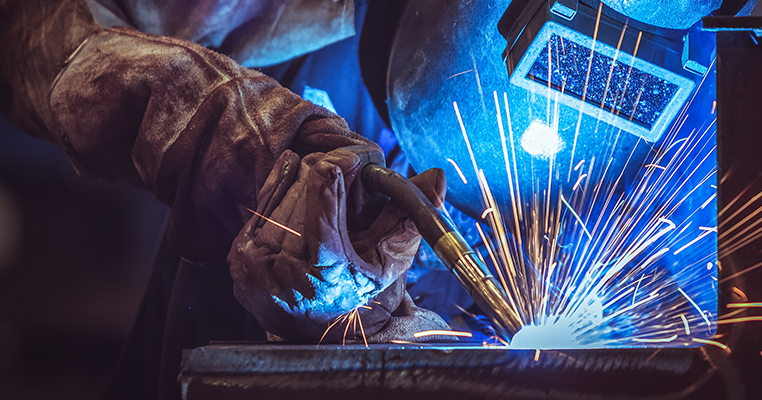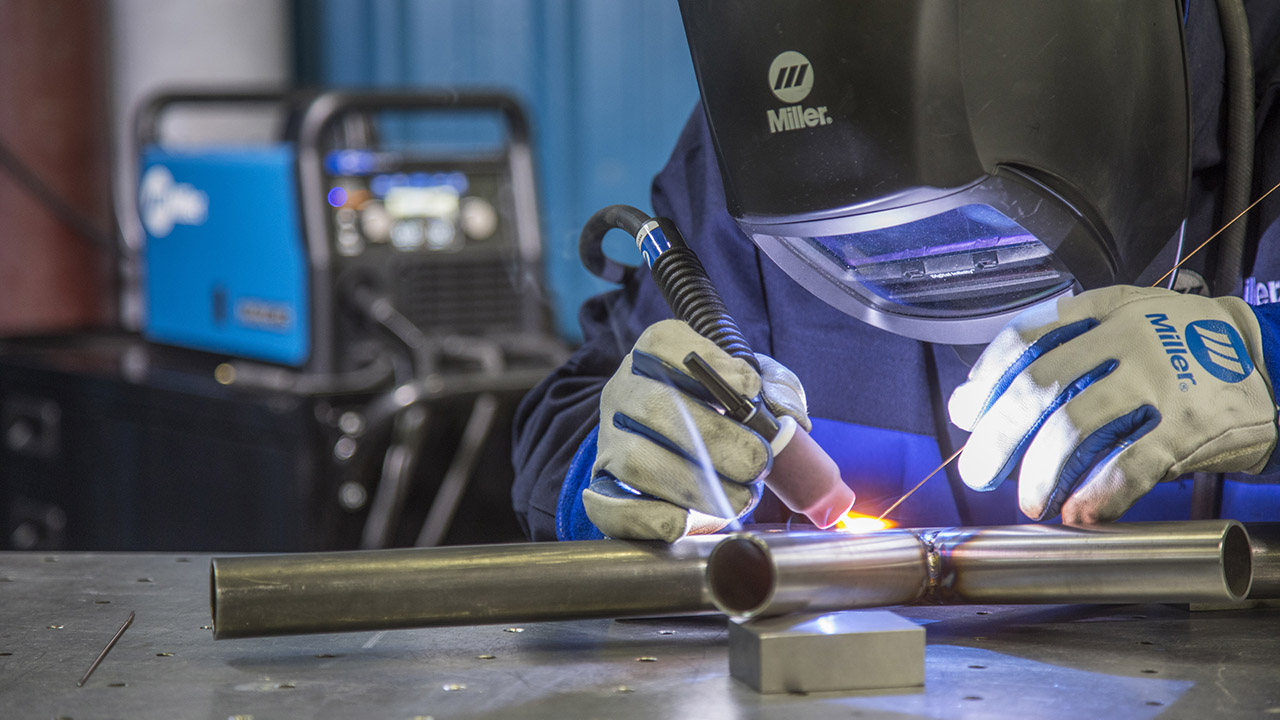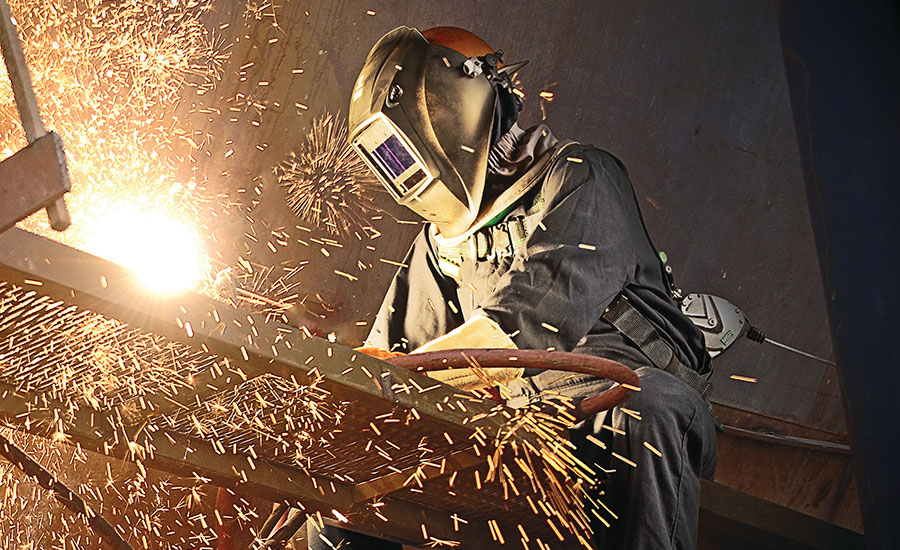The Significance of Welding WPS: Guaranteeing High Quality and Security in Your Jobs
The Significance of Welding WPS: Guaranteeing High Quality and Security in Your Jobs
Blog Article
The Ultimate Guide to Welding WPS Procedures: An Extensive Introduction for Welders
In the detailed world of welding, Welding Treatment Specs (WPS) function as the foundation of ensuring high quality, uniformity, and security in welding operations. Understanding the nuances of producing, implementing, and keeping an eye on WPS treatments is important for welders seeking to elevate their craft and satisfy market requirements. As we look into the different components of a WPS and discover the complexities of qualification and certification, we will reveal the vital duty these procedures play in the realm of welding. Allow's embark on a trip to unwind the complexities and relevance of WPS treatments in welding practices.
Value of WPS Procedures
Comprehending the significance of Welding Procedure Specs (WPS) procedures is crucial for making sure the top quality and integrity of bonded structures. WPS treatments function as a roadmap for welders, describing the needed steps, criteria, and materials called for to attain a sound weld. By adhering to WPS guidelines, welders can make certain uniformity in their job, resulting in structurally audio and dependable welds.
One of the main reasons why WPS treatments are necessary is their role in preserving weld top quality and honesty. Following the defined welding parameters and techniques detailed in the WPS helps stop defects such as porosity, splitting, or insufficient fusion, which can endanger the strength and durability of the weld.

Parts of a WPS
A Welding Procedure Requirements (WPS) typically consists of necessary elements that detail the certain demands for performing a weld, guaranteeing uniformity and high quality in the welding process. The vital elements of a WPS consist of essential variables such as base steels, filler metals, preheat and interpass temperatures, welding procedures, securing gases, welding positions, and post-weld warm treatment requirements.
Base metals refer to the products being joined, while filler metals are used to fill the void in between the base steels throughout welding. The welding process describes the specific technique to be made use of, whether it's gas metal arc welding (GMAW), shielded metal arc welding (SMAW), or another method. Welding placements define the positionings in which welding can be done.

Certification and Qualification
Having actually established the vital parts of a Welding Treatment Requirements (WPS), the emphasis now moves in the direction of the vital aspects of qualification and qualification in welding techniques.

Certification, on the other hand, is the official acknowledgment of a welder's qualifications by an appropriate certification body or organization. Welding accreditations are visite site generally based upon the details welding processes, materials, and positions a welder is qualified to collaborate with. Holding a legitimate welding qualification shows that a welder meets market requirements and is skilled to do welding tasks to the called for specifications.
Developing a WPS
To develop a Welding Treatment Specification (WPS) that meets industry requirements, mindful consideration of welding processes, materials, and functional specifications is crucial (welding WPS). The very first step in developing a WPS is to recognize the welding process to be used, such as gas steel arc welding (GMAW) or protected metal arc welding (SMAW) When the welding procedure is established, the following essential aspect is choosing the appropriate products, considering aspects like base steel type, density, and web joint design. Operational parameters such as welding current, voltage, travel rate, and securing gas structure must additionally be thoroughly specified in the WPS.

Carrying Out and Keeping An Eye On WPS
Upon settling the extensive Welding Procedure Specification (WPS) that meticulously information welding procedures, materials, functional specifications, and quality control measures, the emphasis shifts to efficiently applying and keeping track of the recognized treatments. Application entails making certain that all welders involved in the job are acquainted with the WPS and follow it carefully during the welding procedure. This needs providing ample training and supervision to assure adherence to the defined treatments. Keeping an eye on the WPS involves continual oversight to confirm that welding find out this here activities align with the documented specs. Assessments, testing, and quality control actions are crucial elements of the tracking process to recognize any type of concerns or deviations quickly. Normal audits and reviews of the welding procedures aid in maintaining uniformity and top quality throughout the task. Reliable application and tracking of the WPS are crucial for guaranteeing the integrity, stamina, and security of the welded joints, ultimately adding to the overall success of the welding project.
Final Thought
To conclude, understanding and adhering to Welding Procedure Specifications (WPS) is important for welders to ensure top quality, uniformity, and security in their job. By recognizing the elements of a WPS, getting proper certifications and qualifications, creating detailed procedures, and executing and checking them efficiently, welders can boost their skills and effectiveness in welding practices. Sticking to WPS procedures is important for creating top notch welds and conference market standards.
In the complex globe of welding, Welding Treatment Specifications (WPS) serve as the backbone of making certain high quality, consistency, and security in welding procedures. The welding process describes the particular strategy to be made use of, whether it's gas metal arc welding (GMAW), protected metal arc welding (SMAW), or an additional approach.To develop a Welding Treatment Requirements (WPS) that satisfies sector requirements, mindful consideration of welding processes, materials, and functional specifications is essential. The initial step in developing a WPS is to identify the welding procedure to be made use of, such as gas metal arc welding (GMAW) or secured metal arc welding (SMAW)Upon wrapping up the thorough Welding Treatment Spec (WPS) that diligently details welding processes, materials, functional criteria, and top quality guarantee procedures, the focus shifts to successfully applying and keeping an eye on the well established treatments.
Report this page